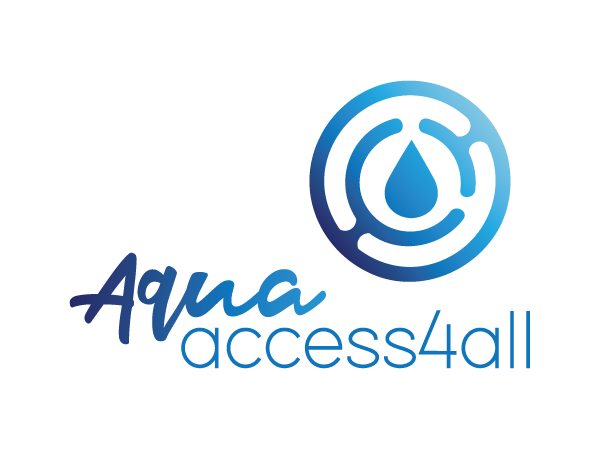Important reminders and guidelines to ensure your health and safety when attending your AquaAccess4All sessions:
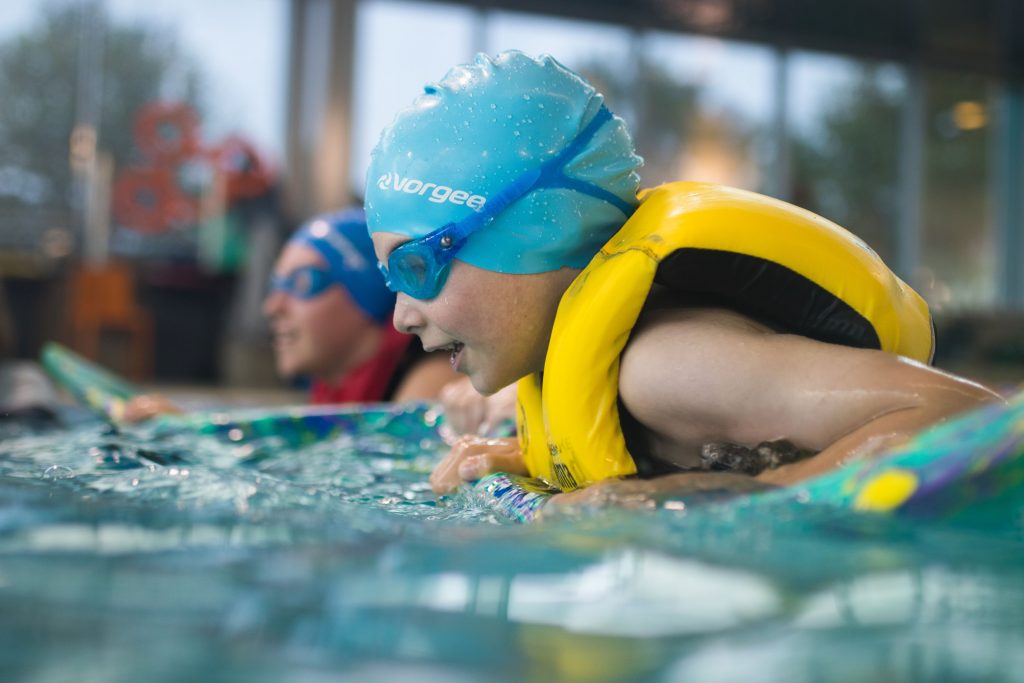
This information is very important for ensuring the health and wellbeing of all pool users, including AA4A staff and participants, pool staff and the general public who also access the space.
Please read this information thoroughly to make sure you are aware of the important Health and Safety guidelines we expect you to follow as a valued member of the AA4A #WaterLover community.
You can also bookmark this info by visiting the blog on our website and saving the link in your browser for future reference.
WHEN NOT TO SWIM
Many parents struggle with the deciding whether or not they should allow their sick child to participate in their AA4A session.
While busy schedules often make lesson rescheduling difficult, parents should consider the following advice when deciding whether to allow an ill child to swim.
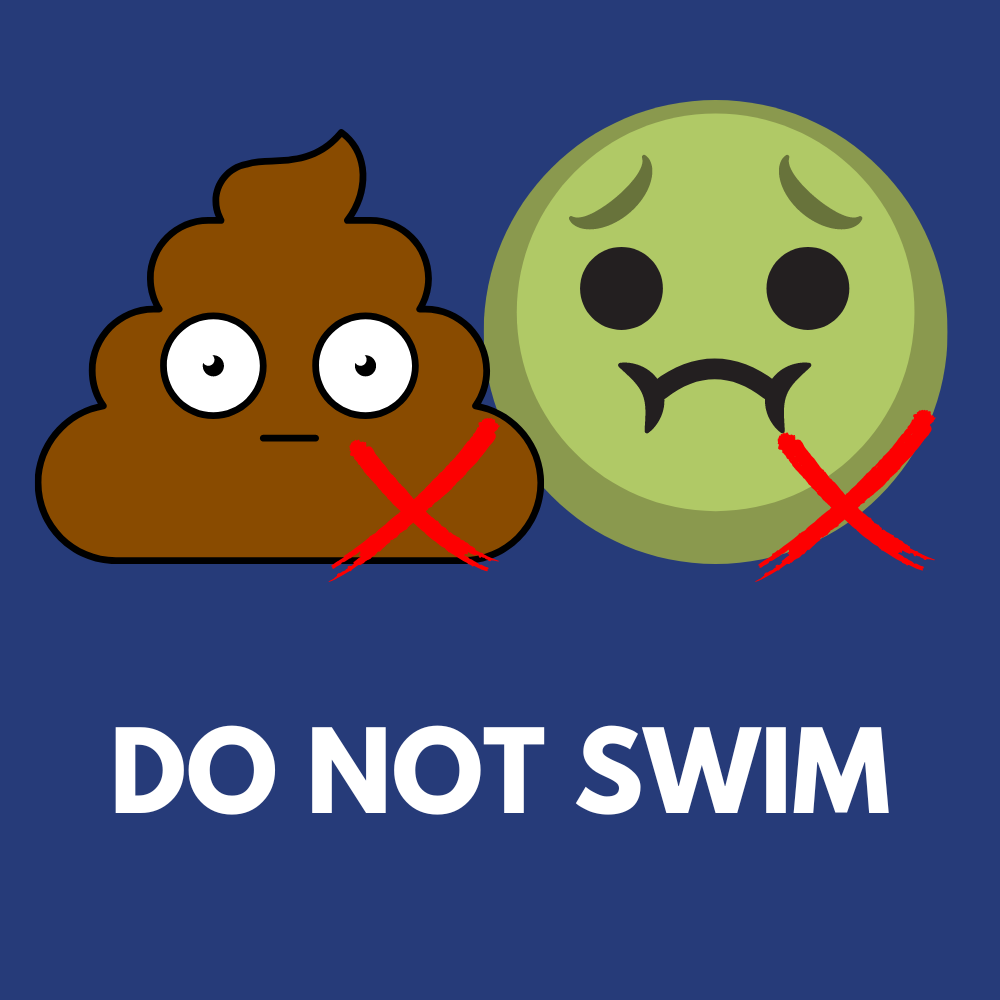
DIARRHOEA OR VOMITING
Swimmers who are sick with diarrhoea or a vomiting bug SHOULD NOT enter a pool. Such infections are passed via even the smallest amount of swallowed water. While swim nappies/pants are able to retain some faeces; they are not leak-proof so are unlikely to prevent the diarrhoeal germ from entering the pool. Outbreaks of diarrhoea may result in pool closure to allow the chlorine the required time to kill the diarrhoeal germ.
For gastrointestinal infections like diarrhoea the child should abstain from swim lessons for at least a week.
Good hygiene practises are essential to prevent the spread of water illnesses and help stop germs from being introduced into the pool in the first instance. Young children should be toileted frequently ahead of their lesson, and everyone should be vigilant about washing their hands after toileting, wearing incontinence garments or changing nappies to prevent invisible amounts of faecal matter from finding their way into the pool.
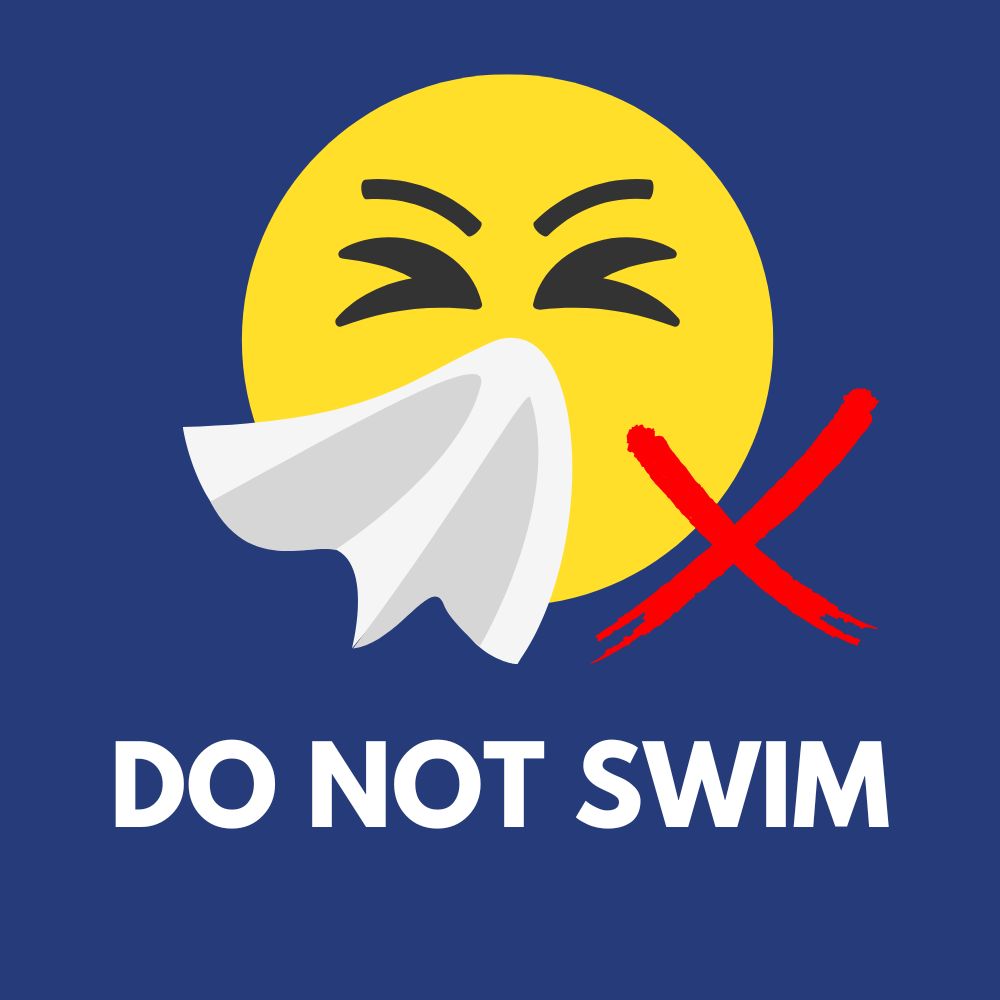
COLD OR FLU
Infections such as colds and middle-ear infections are very common ailments among children. There are several guidelines to be considered in respect of whether a child with these or similar infections should swim, and parents are encouraged to use their own discretion in consideration of their child’s condition and what they believe is appropriate.
Many parents/adults are of the view that a person sick with a cold may participate in an aquatics session as long as they feel well enough to do so and don’t have a temperature or cough (typical of a contagious viral infection). Some believe that physical activity might even make the person feel better – that it will help clear a congested head/nose. However, often those with contagious illnesses including flu, cough or a fever are much better served staying at home and resting. Rest assists recovery and, naturally enough, helps avoid the likelihood of the infection being spread to others.
Attending the AA4A session could potentially aggravate an ailment further, and may increase the severity and duration of an infection. The chlorine in swimming pools is often slightly irritating to the nasal passages of the nose which is already irritated by an illness. Anyone sick with a cold or similar are very likely to drip mucus from the chest and nose into the water – a probable source of infection to others in the pool.
OVERALL
The overall decision to attend a session or not should largely be based on common sense, taking into consideration how participating in the session may or may not affect their own heath and the health of others. The capacity to learn should also be considered, as when someone is ill they often don’t feel well enough to enjoy and fully benefit from their session. However, we do understand the value of a relax or stretch for many of our participants.
So be sure to practise good hygiene and take precautions to minimise the risk of spreading infection to others – in and out of the pool. After all, no-one likes being sick!
COVID variants are still around and we feel it important to remind everyone who attends AquaAccess4All sessions to remain alert and let us know if you have been impacted so we can maintain a duty of care to our team and others.
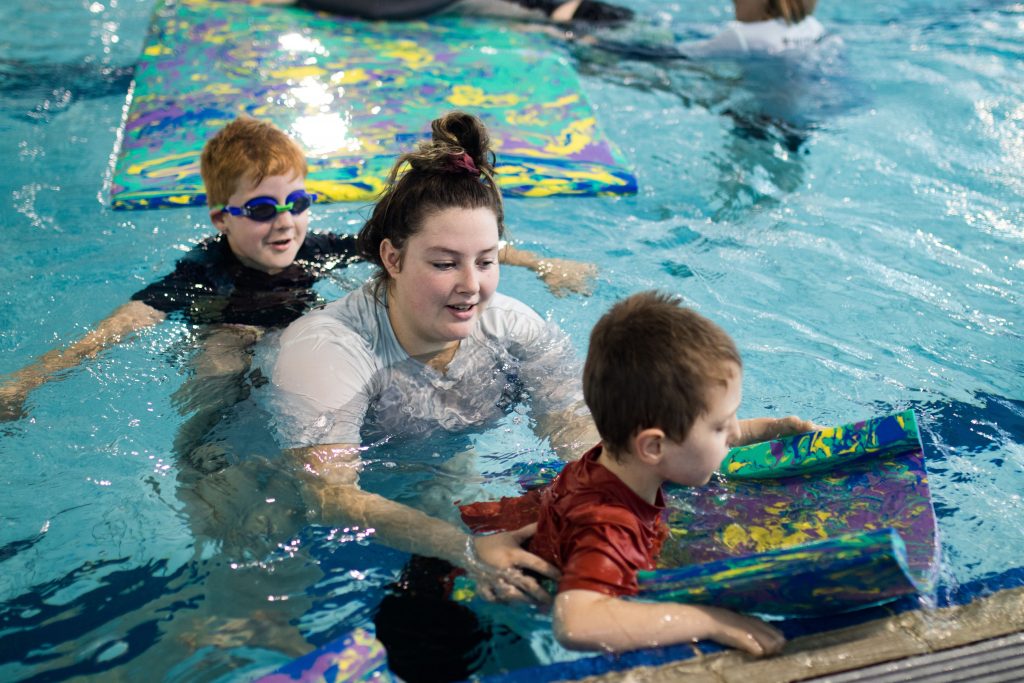
Session tips from PARC and AA4A
We encourage our participants to use their AA4A session as a time to create independence for our learners in the water. Building trust and a routine away from family members builds strength of skills, resilience and ownership for their learning and also create a sense of self and achievement of their own.
However, at PARC and many pool locations, and also at AquaAccess4All, we adopt a:
Watch Around Water attitude – this is an education and public awareness program to address the growing concern of supervision of young children at public swimming pools. It aims to define minimum supervision requirements for children to ensure PARC is a safe venue for the whole community to enjoy.
Did you know drowning is one of the leading causes of preventable death in children under five years of age?
Our lifeguards are essential for safety; however, they are not intended to replace the close supervision of parents/guardians for young children.
For this reason, it is important that you stay in the building or have another person accessible to us. This is for many reasons, including but not limited to the following:
- in case of emergency
- in case your young person needs the bathroom
- they need to leave hastily
- surface slips and falls can be dangerous and if these things happen we will need to locate you
- TOP TIP: items such as gloves and wipes in their swim bag are very helpful
We recommend you take the time to relax, have a cuppa, sit and enjoy a podcast, read a book or catch up on emails. These are all options that we know many of our families do at the pool side or in the café during their participant’s session.
It is vitally important that a life guard can find you if we need you.
Thank you for your assistance.
Pool safety in the home and public spaces
Find out more about pool safety in the home and public spaces by reading this handy fact sheet from the Royal Children’s Hospital – CLICK HERE
